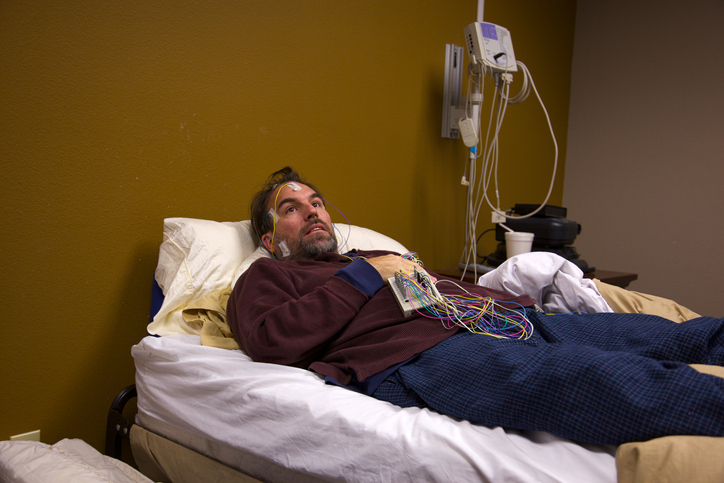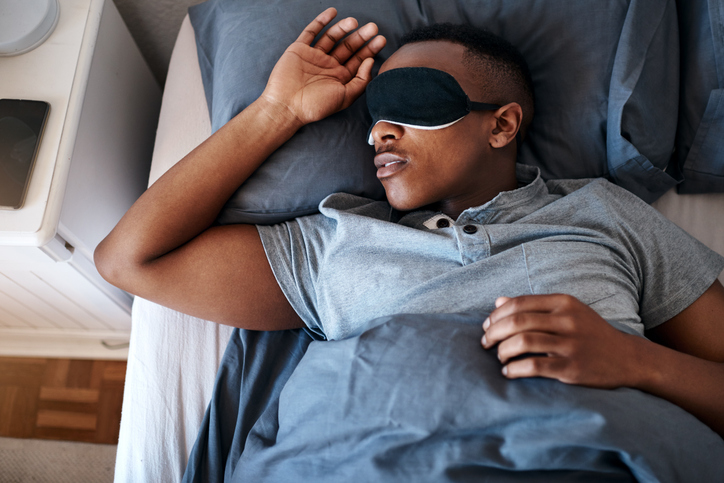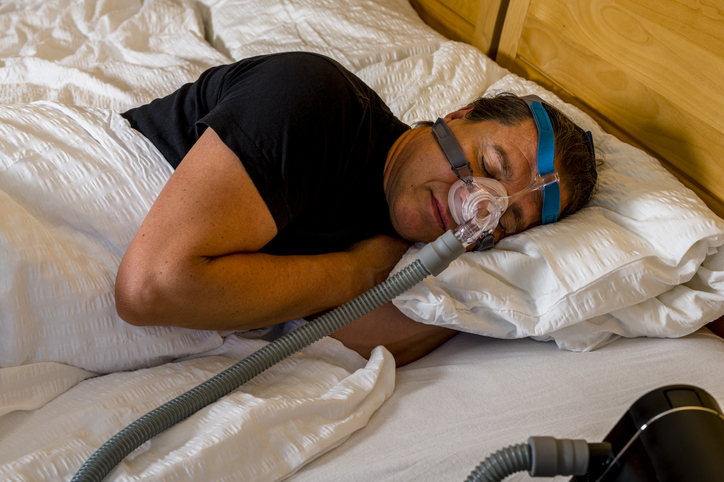Living with Chronic Pain
What Is a Sleep Study?

A sleep study is used to make observations and collect information about an individual’s sleep. Physicians use the collected data to help diagnose sleep disorders.
Reasons for a sleep study
A sleep study may be ordered if a sleep disorder, such as sleep apnea, insomnia, restless legs syndrome, or narcolepsy is suspected.
Symptoms of sleep disorders include, but are not limited to, the following:
- Difficulty falling or staying asleep
- Snoring
- Waking up gasping for breath
- Daytime fatigue
- Lack of concentration
- Depression
A sleep study can also be used to determine if a certain treatment, such as the use of a continuous positive airway pressure (CPAP) machine, is effective for a specific individual.
Types of sleep studies
Several types of sleep studies can be performed:
- Diagnostic overnight polysomnogram (PSG)
A PSG study is used to determine sleep patterns, such as how much time is spent in each stage of sleep and how often awakening occurs. It also measures body functions, such as brain wave activity, breathing, heart rhythms, and muscle movements that occur during slumber. It used to diagnose sleep disorders, such as sleep apnea and rapid eye movement (REM) sleep behavior disorder (dream-enacting behavior). - Positive airway pressure (PAP) titration study
A PAP titration study is performed after a diagnosis of sleep apnea. It is used to determine the correct air pressure for CPAP treatment. - Diagnostic daytime multiple sleep latency test (MSLT)
An MSLT test can be used to help diagnose narcolepsy or other types of hypersomnia (extreme sleepiness). The test involves five 20-minute nap trials that are scheduled two hours apart. It measures how often an individual falls asleep during normal waking hours and how quickly they enter REM sleep. It is typically conducted the morning after a diagnostic overnight PSG. - Maintenance of wakefulness test (MWT)
An MWT test determines how well an individual is able to remain awake in a relaxed situation. It is typically conducted in four intervals of 40-minute sessions with two hours between each session. An MWT is typically ordered to gauge any safety risks, such as falling asleep while driving or operating machinery.
Most sleep studies are performed at a sleep-study center or hospital. While settled in a room similar to a comfortable hotel room, various sensors are connected to the body to monitor breathing, oxygen levels, brain waves, heart rate, and movements during sleep. Physicians use this data to diagnose sleep disorders and establish effective treatments.


















